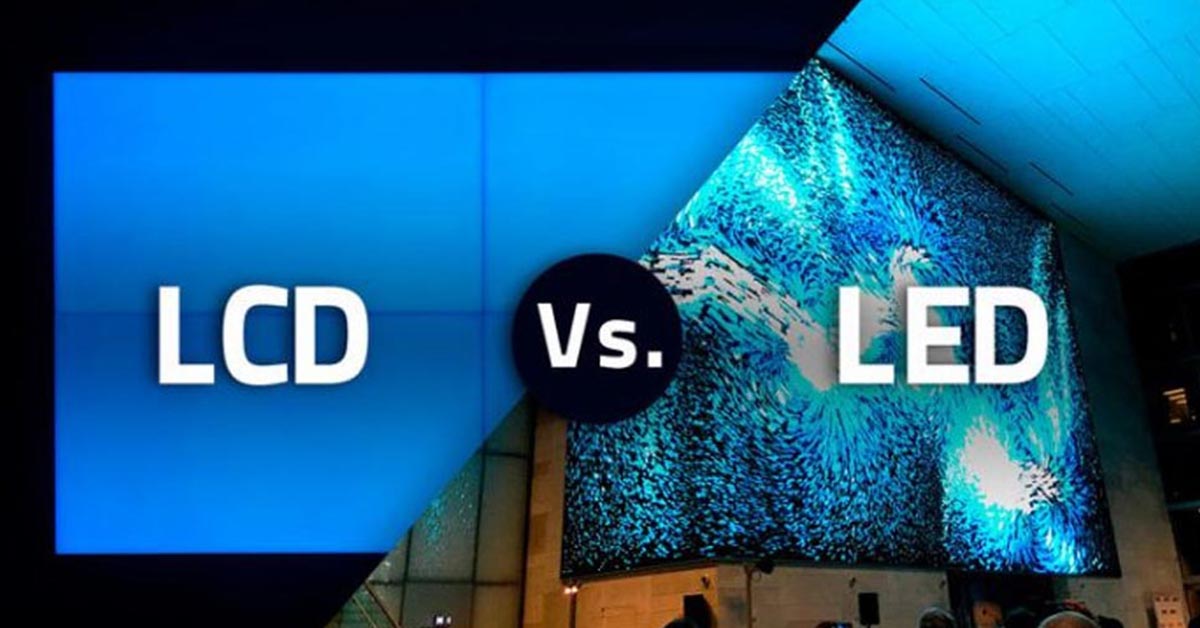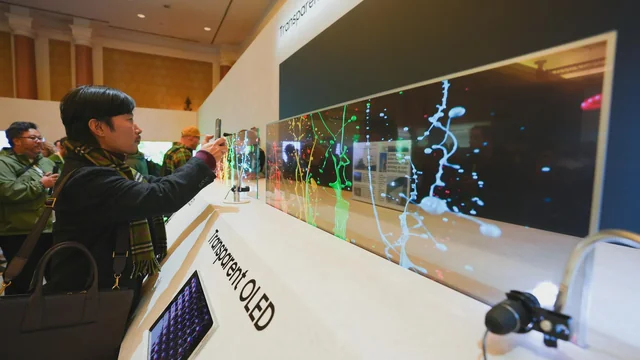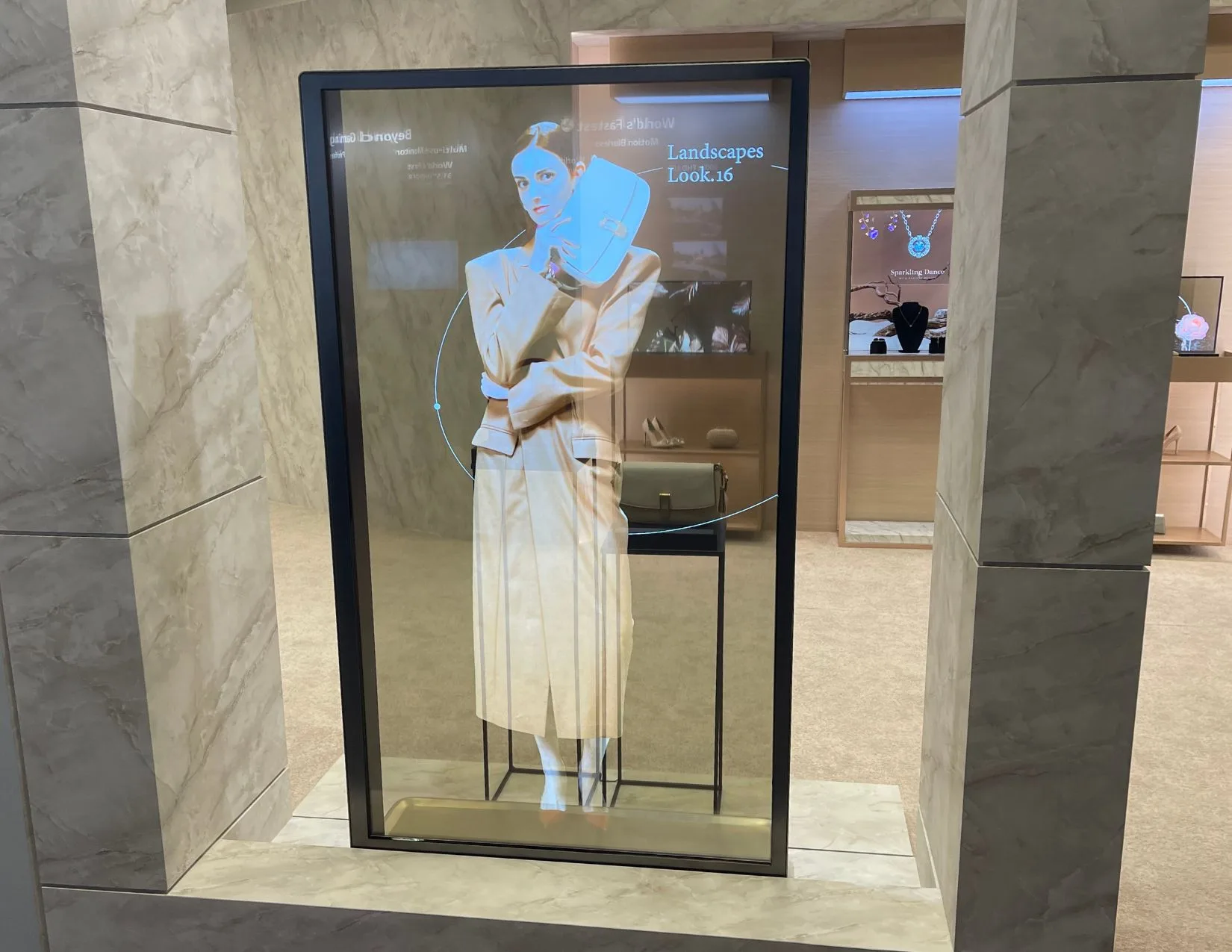

If you’ve ever walked past a store with one of those cool see-through digital screens showing ads or videos without blocking the view inside, you’ve seen transparent display in action. These screens are eye-catching and futuristic, perfect for storefronts, trade shows, or luxury boutiques.
But here’s the thing: how bright these screens are makes a huge difference in how well you actually see the content — especially when the sun is shining or the store lights are blazing. So, if you’re thinking about installing a transparent display, understanding brightness is key.
Let’s talk about the different types of transparent screens and how their brightness stacks up, so you can make the best choice for your space.

Brightness, measured in “nits,” basically tells you how visible a screen will be in different lighting conditions. The brighter the screen, the easier it is to see the content clearly — even in daylight.
For example:
If the brightness is too low, your amazing content can look faded or washed out. Not great when you want to grab attention, right?

These are the most common and rely on tiny LEDs embedded into the glass. They usually offer brightness levels between 1200 and 2500 nits — bright enough for most indoor windows and some outdoor uses.
What’s great about these?
One thing to remember: the more transparent the screen is (meaning you can see through it), the fewer LEDs it has, which can slightly reduce brightness.

OLEDs are known for stunning colors and deep blacks, and they’re super thin. But when it comes to brightness, they usually fall behind LEDs, offering about 400 to 700 nits.
So, where do they work best?
They’re beautiful but less ideal for super bright environments or direct sunlight.

These screens use a thin layer of LEDs or a mesh you can apply to existing glass.
Brightness tends to fall between 1000 and 2200 nits — a nice middle ground.
They’re great for:

Here’s the catch: the clearer you want your screen to be, the less bright it might get. That’s because more transparency means fewer LEDs covering the surface.
Most transparent screens offer anywhere from 40% to 90% transparency.
At SeeThruDisplay, we understand how tricky this balance can be. That’s why we offer a variety of transparent LED options designed to meet different brightness and transparency needs.
Whether you’re outfitting a retail window, a trade show booth, or a hotel lobby, we help you pick the right screen that’ll look great no matter the lighting.
Our goal? Make sure your digital signage not only grabs attention but also keeps your space looking sleek and modern.
Brightness can make or break your transparent screen experience. Before you invest, think about:
Taking these into account will help you find the perfect mix of visibility and transparency.
If you’re curious about the best transparent LED screens coming in 2025 or want tips on how to get started, checking out resources and expert advice from companies like SeeThruDisplay is a smart move.